I know some readers find it difficult to accept that our canonical gospels and Acts were seriously influenced by the epics of Homer, the Iliad and Odyssey.
Here is something (two things, actually) to think about.

We think of “history” as a genre of literature that is meant to convey the idea of facts, truth, “what essentially happened”. But after reading an essay by classicist Thomas Rosenmeyer I suspect that that notion is not applicable to those we think of as historians in the ancient Greco-Roman world. Rather, what ancient authors were attuned to was emulation of a forefather — e.g. Homer — who set the standard.
Finally, there is one factor that I am inclined to think doomed any genre thinking from the start. This is the ancient critical commitment to the operation of zelos, aemulatio. I suspect that if one were to ask an ancient dramatist or a writer of epic why he was working in his medium and not in another, and which model he was following, he would cite his allegiance to the protos heuretes, the founder of the fine in which he was engaged. . . . Instead of genre criticism, the ancients practiced model criticism. Their allegiances and affiliations connect, not with a mode or a kind, but with a father, a personal guide. If they ally themselves with a work, it is identified as the work of a revered author, the precipitation of a literary act, not a fatherless text or a textual segment or a generic idea. Like the Pythian priestess inspired by her god, writers and critics are inspired by the effluences, aporroai, that stream into their souls from the sacred mouths of great models (Longinus, On the Sublime 13. 2). Where genre thinking is scientific, inferred from a sufficient sampling of texts and their properties, model thinking is, as it were, moral, and triggered by predecessors.
(Rosenmeyer, 435-36)

But Homer? What does Homer have to do with history? Here we scan an article by John Marincola in The Homer Encyclopedia
As in other areas of ancient literature, the influence of Homer on the Greek and Roman historians was profound and abiding. . . .
The Odyssey exerted a strong influence on early investigators into other cultures (Montiglio 2005, 118–146), and the figure of Odysseus himself was important in many foundation myths of Greek colonies (Malkin 1998). . . .
The other important area of Homeric influence was on the historians themselves. The developed genre of historiography took from the Homeric poems many features of epic: a mimetic, largely third-person narrative of deeds, interspersed with the speeches of historical characters in direct discourse; a concern to articulate the causes of actions and to pinpoint responsibility; an elevated style appropriate to “great” deeds; and a concern to immortalize those deeds for posterity and to draw from them important lessons about life and human action. The historians were also influenced by Homer in their choice of “suitable” subject matter: from the Iliad, the story of great deeds and struggles . . . from the Odyssey, an interest in foreign lands and places, in the guile and cunning of leaders, and in the pleasures of narrative itself. . . .
The early historians were particularly influenced by and engaged with Homer. Herodotus plays a key role here, and was recognized already in antiquity as “most like Homer” . . . [I]t was Homer who offered him an intelligible model for the presentation of those enquiries: how to construct a large-scale narrative, with (sometimes expansive) shifts in time and space; how to subordinate individual episodes and digressions within a larger, unified narrative structure; and how to present the events of the past with immediacy and clarity. Herodotus unites both epics within his work, since his thematic conception – a great war between East and West – is indebted to the Iliad, while his own travel, enquiry, interest in marvels, and preoccupation with reversals of fortune owe much to the Odyssey. . . .
Yet even while imitating Homer, Herodotus challenged him . . . “correcting” and “improving” him . . .
Even Thucydides followed Homer’s trail:
This twin legacy – emulation and challenge – was bequeathed to Thucydides, who maintains the general epic features imported into historiography by Herodotus. . . . Thucydides’ narrative technique follows Homer more closely than Herodotus, especially in the suppression of the ubiquitous “I” of Herodotus work in favor of a more “unintrusive” Homeric narrator (Rengakos 2005, 2006). And ancient critics saw Thucydides too as one who “vied with Homer” (Marcellinus, Vit. Thuc. 35–37): Thucydides’ consistent emphasis on the magnitude of the sufferings in war is thoroughly Homeric (Woodman 1988, 28–34).
Historians thereafter continued to look to Homer for inspiration. . . . .
In the Hellenistic world, Polybius shows great respect for Homer . . . , and argues at length that Homer even cre ated a figure of the ideal historian: Odysseus, who united in his person both the practical skill of a general and leader of men, and the intellectual interest of the explorer and traveler . . . .
Ancient historians, Greek and Roman, consistently looked to Homer to infuse their narratives with an elevated tone and a “heroic” cast. . . . Thucydides’ narrative of the Sicilian Expedition in Books 6–7 is suffused with Homeric motifs and themes . . . . as is Livy’s account of the battle of Lake Regillus, where several incidents are modeled directly on Homer . . . . Likewise, speeches of generals before battle show a long tradition of Homeric influence . . . . Although scholars frequently refer to a “contamination” of history by epic, we cannot forget that the Homeric poems and characters were present to the ancients in an immediate and profound way, often serving as exempla, and it is perhaps just as likely that some, if not many, of the reminiscences of Homer in the Greek and Roman historians reflect the enormous influence that the Iliad and Odyssey actually had in the real world.
(Marincola, 357-59)
All of that would lead one to expect a priori Homeric influence in the Gospels and Acts, yes?
Marincola, John. 2011. “Historians and Homer.” In The Homer Encyclopedia, 2:357–59. Oxford: Wiley-Blackwell.

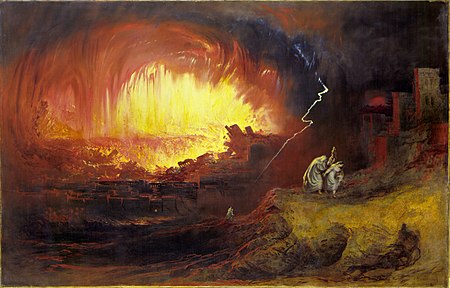
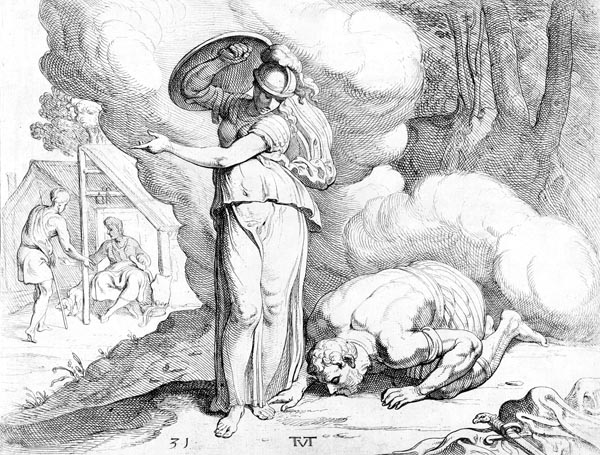

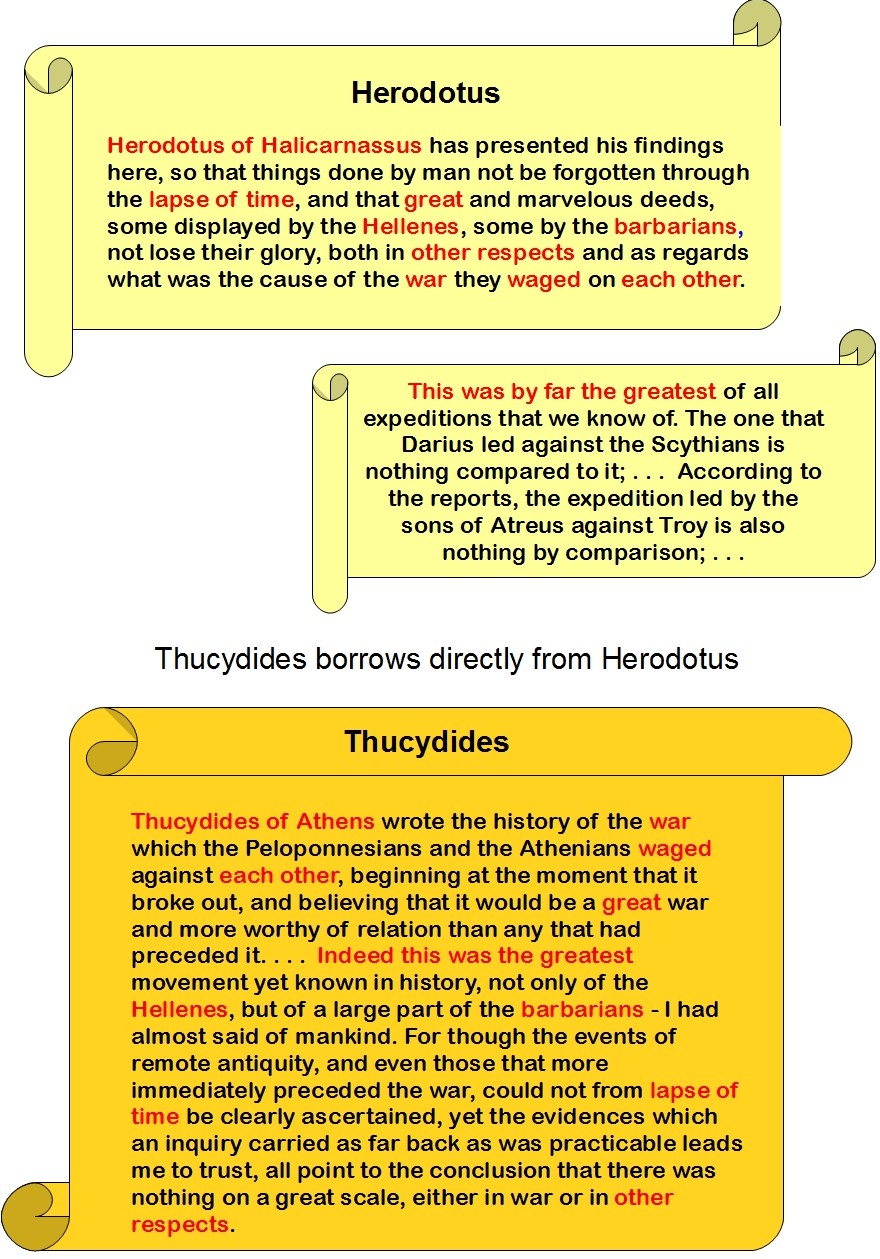
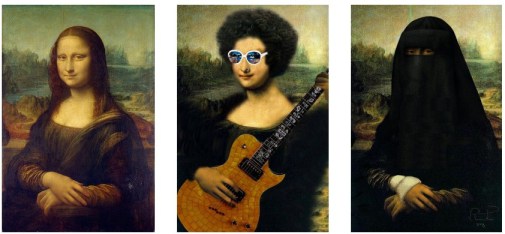
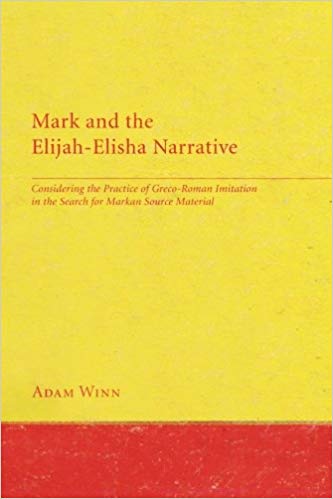


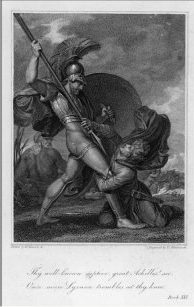
 Continuing from the
Continuing from the